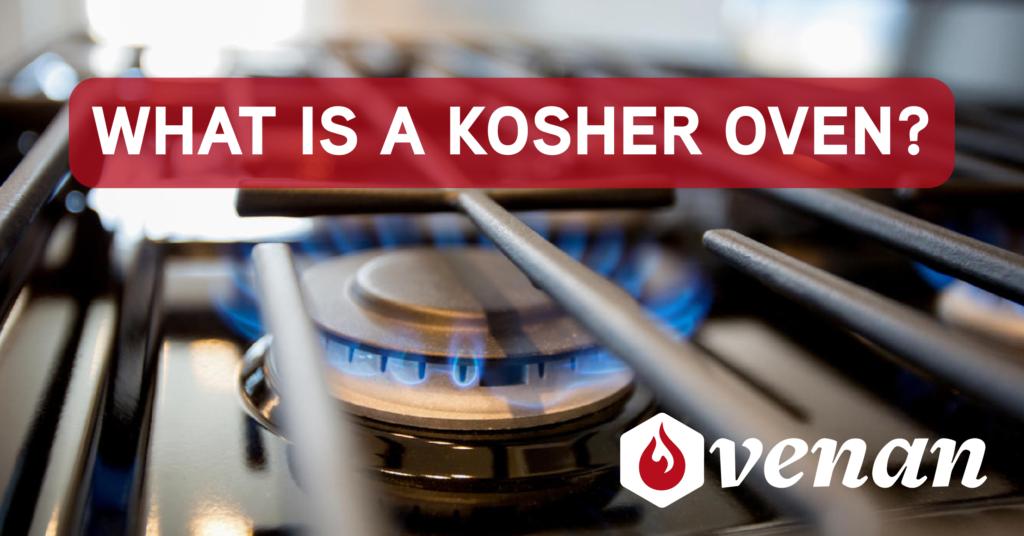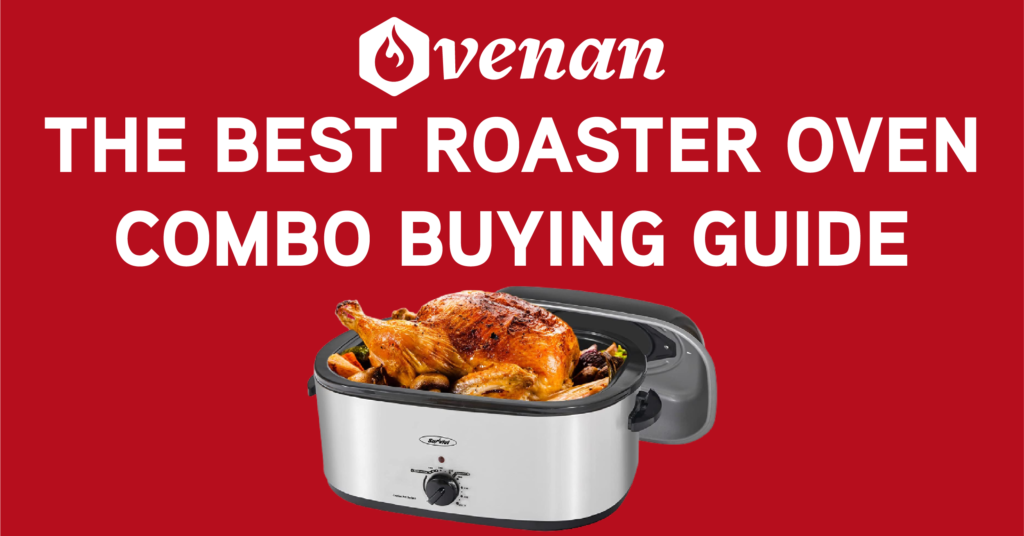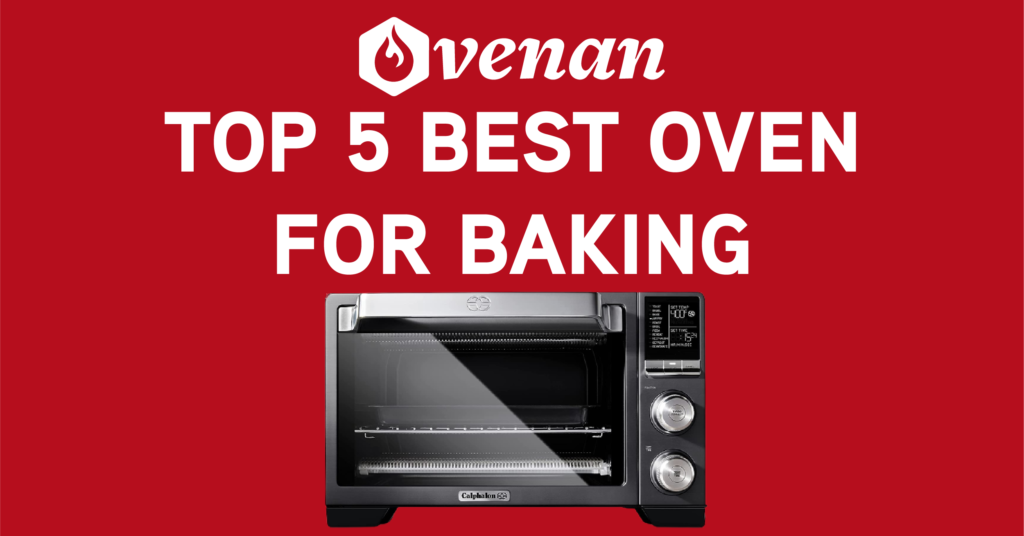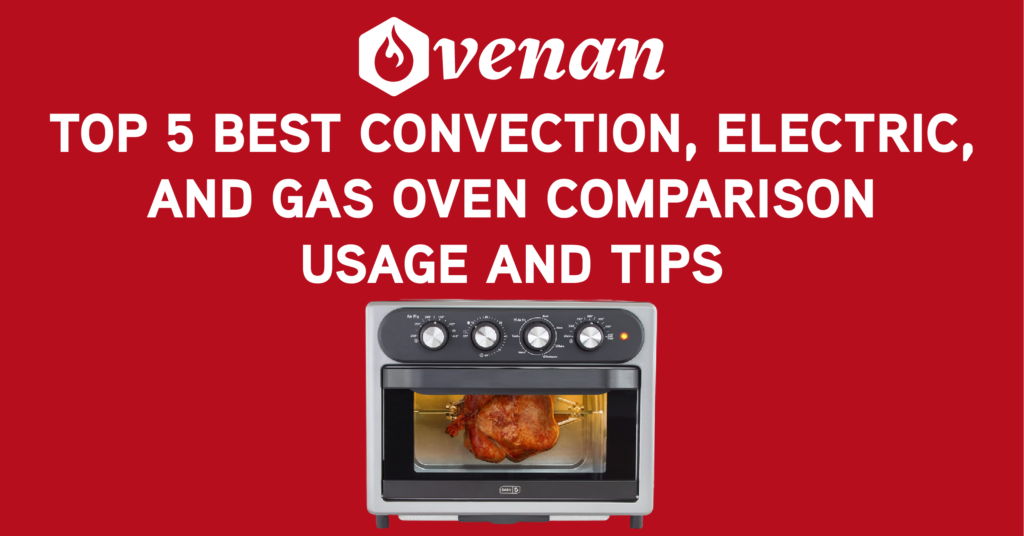What Is A Kosher Oven? Making something kosher, which involves using a lot of boiling water, extremely hot appliances, and blowtorches, may be challenging and risky. Many rabbis would be pleased to visit you and help you kosher your kitchen and advise you. They are adapted from How to Stay Kosher with permission.
Stoves
Cooktops come in various styles, from conventional gas and electric to cutting-edge radiant heat with a glass-ceramic surface. The main components of a gas cooktop are the pilot burner, a hinged cooktop, metal plates around each burner, and grates, or “spiders,” that sit on the grates. Pots and pans lie directly on the heating coil on electric cooktops, but they lack the grating.
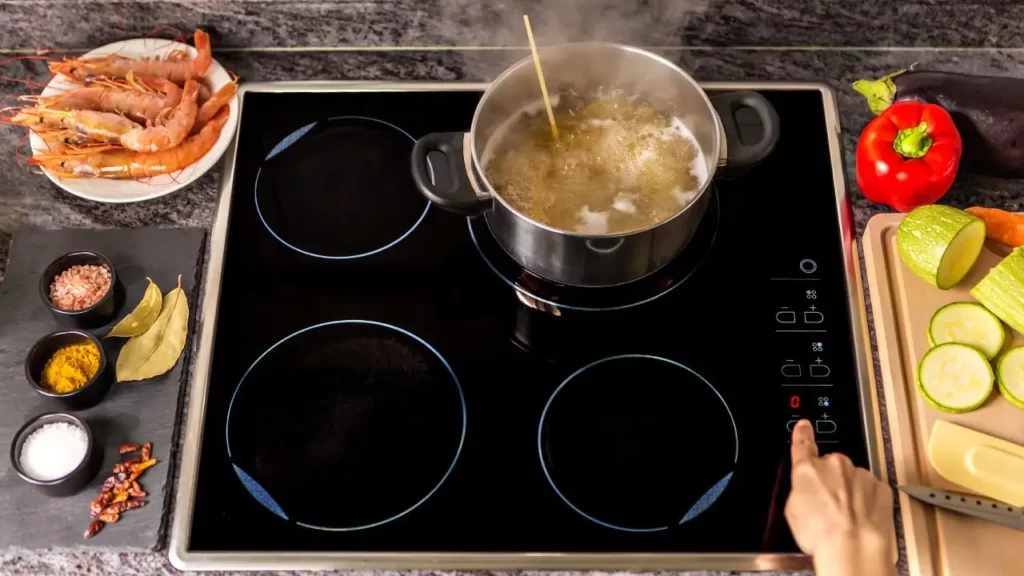
1: Give the stove 24 hours of idle time. Clean all of the burner plates and grates thoroughly. Belittle the cooktop. Lift the stovetop if you can so you can clean it underneath. The amount of food that appears to escape into the shoddy underside of my gas burner astounds me. Be sure to clean the dials used to set the temperature as well. Reassemble your stovetop after cleaning each component separately.
2: Turn each burner to high once the cooktop has been fully cleaned and put back together. As for how long the burner should be on, check with your rabbi. 15 minutes, according to one Orthodox I spoke with, is enough for the iron grates or electric coils to become red hot. Tradition dictates that the burners should be left on for 45 minutes. Iron stovetop grates may be koshered when you kosher your oven, according to some Orthodox rabbis. Although you would want to check with the manufacturer to be sure this won’t result in harm, you can place them in the oven while self-cleaning.
3: One Orthodox rabbi I spoke to suggested putting a bleach on top of the heating burners to ensure the area just around them is sufficiently hot and koshered. If you keep the stove on during Shabbat, you should place a bleach—a metal tin shaped like an upside-down baking pan—on top of the burners to dissipate the heat. The burners are koshered when you notice the bleach burning softly red (particularly noticeable with the lights off) (and so is the bleach). Instead, place a second layer of normal or heavy-duty aluminum foil over the burner areas.
Stoves To Be Kept Kosher
Two cooktops are preferred but not required in a kosher kitchen, similar to sinks. A space just under a foot wide separates the two columns of two burners that make up the typical cooktop design. Food does splatter when it is being cooked, and the area between the burners gets quite warm—beyond the yad solidity boiling point, which in Jewish law refers to the temperature at which a liquid is considered hot—so this area is considered t [unkosher] because it is likely to have had both dairy and meat foods splatter on it. You would have to throw away the hot meat if it fell into that area while cooking. (But you could still use the meat if the area was chilly and the flesh was chilly.)
If your cooktop is made of metal, you can use a blowtorch to kosher this area (best done by a rabbi familiar with koshering with blowtorches). According to some Orthodox and Conservative rabbis, true [infusion, in which boiling water is poured over the region] may be employed. Orthodox beliefs state that enameled cooktops cannot be koshered, even though the burners can be used.
If you have a fan over the cooktop, it needs to be well cleaned but shouldn’t be koshered because you aren’t using it for cooking directly. Rabbis advise against cooking meat and dairy at the same time, or even right next to one another, on the same cooktop, which can be used for both types of cooking. The flavor of the food cooking in each pot can differ if the steam from one pot rises and mixes with the steam from the second pot.
Smooth glass cooktops can be challenging to kosher since it is challenging to heat the full area that a large pan might touch without harming the cooktop’s surface. Glassware that has been heated must be koshered through extremely high heat following Orthodox halakhah [Jewish law], which could harm the cooktop. Conservative guidelines state that a simple soap and water cleaning of the glass cooktop will suffice in place of such koshering. Ovens To kosher an oven, remove the racks and scrub them clean in addition to the oven’s walls, ceiling, and floor. Allow it to sit idle for 24 hours. According to some Orthodox rabbis, it is sufficient to clean and heat the oven as high as possible for an hour or, if available, to run the oven through a self-cleaning cycle. However, other rabbis believe that a blowtorch’s heat is required to properly kosher an oven. A rabbi will blowtorch the oven’s racks and walls.
According to the Conservative position, the proper way to kosher an oven is to clean it, let it rest empty for 24 hours, and then run the self-cleaning cycle on it or set it on high heat for 45 minutes.
How to Maintain Kosher Ovens?
The stricter observers strongly advise using separate ovens for meat and dairy because actual oven use might be challenging. However, there is some forbearance in this situation because many people do not have this option.
You cannot cook dairy and meat meals in the same oven at the same time because the flavors of one can contaminate the flavors of the other. An oven has one “gender,” such as, for example, meat, according to a more [strict] Orthodox viewpoint. Cover the oven’s racks with aluminum foil if you want to cook dairy there. But, for goods like cakes or cookies, it might not be possible to cover the top of the pan with aluminum foil. In this situation, be sure to kosher and completely clean the oven. The oven may be used for either meat or dairy, but it must be carefully cleaned in between usage, according to a more mekil [forgiving] stance. According to the conservative position, cooking dairy products and meat can be done separately in the same oven.
FAQ’s About Kosher Oven
What Purpose Does This Guide Serve?
This manual will provide instructions on how to operate an oven so that it keeps its kashrus. The material is intended to help consumers choose the sort of oven best suited to their kashrus requirements by offering pre-purchase information and advice on how to operate the oven daily.
Can I Cook Meaty And Milky Foods In The Same Oven?
Once a dish has finished cooking, an oven’s walls become permeable with steam. The flavor might then be removed and added to cooked dishes in subsequent cooking sessions. You should therefore reserve your oven for either cooking meat or baking milk. For an oven that has been designated for use by one “gender,” the following guidelines apply: The oven can be used without restriction for its intended “gender.” Only if the food is covered with foil and the oven is clean and devoid of residue is one permitted to use the oven for the other “gender.” If a solid, dry pare item is clean and residue-free, it can be baked in the oven uncovered (such as challah).
Is It Possible To Kasher A Oven From Meaty To Milky?
An object is charred or has its stale flavor eliminated by the koshering procedure. It becomes rid of any previously ingested food flavoring after the treatment. Making a meat- or dairy-containing utensil pareve and koshering it is seen as less of a sin than koshering a non-kosher object. As milk and meat are inherently permissible materials, koshering a meaty oven does not require the same heat level as koshering from non-kosher treeify.
Yet, there are further reasons why koshering from milk to meat is not permitted. Thus, one must adhere to the following rules:
● Just kosher from milk to pareve or meat
● The oven can be used for meaty dishes once koshered for parev.
● To kosher an oven from meat to milk or the other way around, there is no need to use the pyrolytic option.
● Clean the oven with a cleaning spray before koshering.
● For 45 minutes, burn out the oven at its highest setting.
● Within 24 hours of cooking an uncovered liquid milk meal, this method of koshering shouldn’t be used to prepare a dish with liquid meat.
Can I Kasher The Oven If I Move Into A Non-kosher Rental Property?
An oven’s walls are thought to have absorbed the flavor of earlier cooking sessions. Although some authorities are more tolerant, the Federation Beis Din maintains that if non-kosher food is prepared in an oven, the oven must be koshered using a process known as “libun chomur,” which involves tremendous heat. This step is especially important when koshering the oven shelves and any other location that might have come into direct touch with non-kosher meals.
Public members are advised to seek professional koshering assistance as the average homeowner is typically not competent to meet these koshering requirements. For more information about ovens whose built-in self-cleaning mechanisms are considered enough for koshering, see question 5.
Is My Self-cleaning Oven Appropriate For Koshering Needs?
The phrase “self-cleaning” is not entirely clear. The only way to get the temperature needed to kosher a non-kosher oven is to operate it on a pyrolitic setting. Some ovens refer to a steam-based cleaning cycle as “self-clean,” but while this may produce an appetizing hygienic outcome, it falls short of the standards needed for halachic koshering.
Is It Possible To Kosher An Oven For Pesach?
The Federation Beis Din maintains that ovens require “libun chamber” for Passover. If a pyrolytic option is unavailable, a dedicated Pesach oven should be used because it satisfies the requirements and allows one to kosher their chometz oven.
Could I Use A Double Oven With A Top Oven For Meat And A Bottom Oven For Milk?
It would be necessary to prove that a double oven’s two chambers are completely independent ovens before allowing them to be used for baking meat and milk. It would be troublesome if it were shown that the two compartments share a single sheet of metal that serves as a barrier between them because flavors from one session could contaminate the food from the other session. The fact that the two ovens might vent into one another raises another potential issue.
Conclusion
As these issues are uncommon, buyers can typically believe that the two cavities are completely independent. Nonetheless, some Rabbani suggest that one should proceed cautiously when using a double oven. While cooking milk and meat in separate oven cavities simultaneously, the cautious approach advises covering the meal in the oven. This is especially important if one of the items has a lot of liquid or gravy because that will produce a lot of steam.

